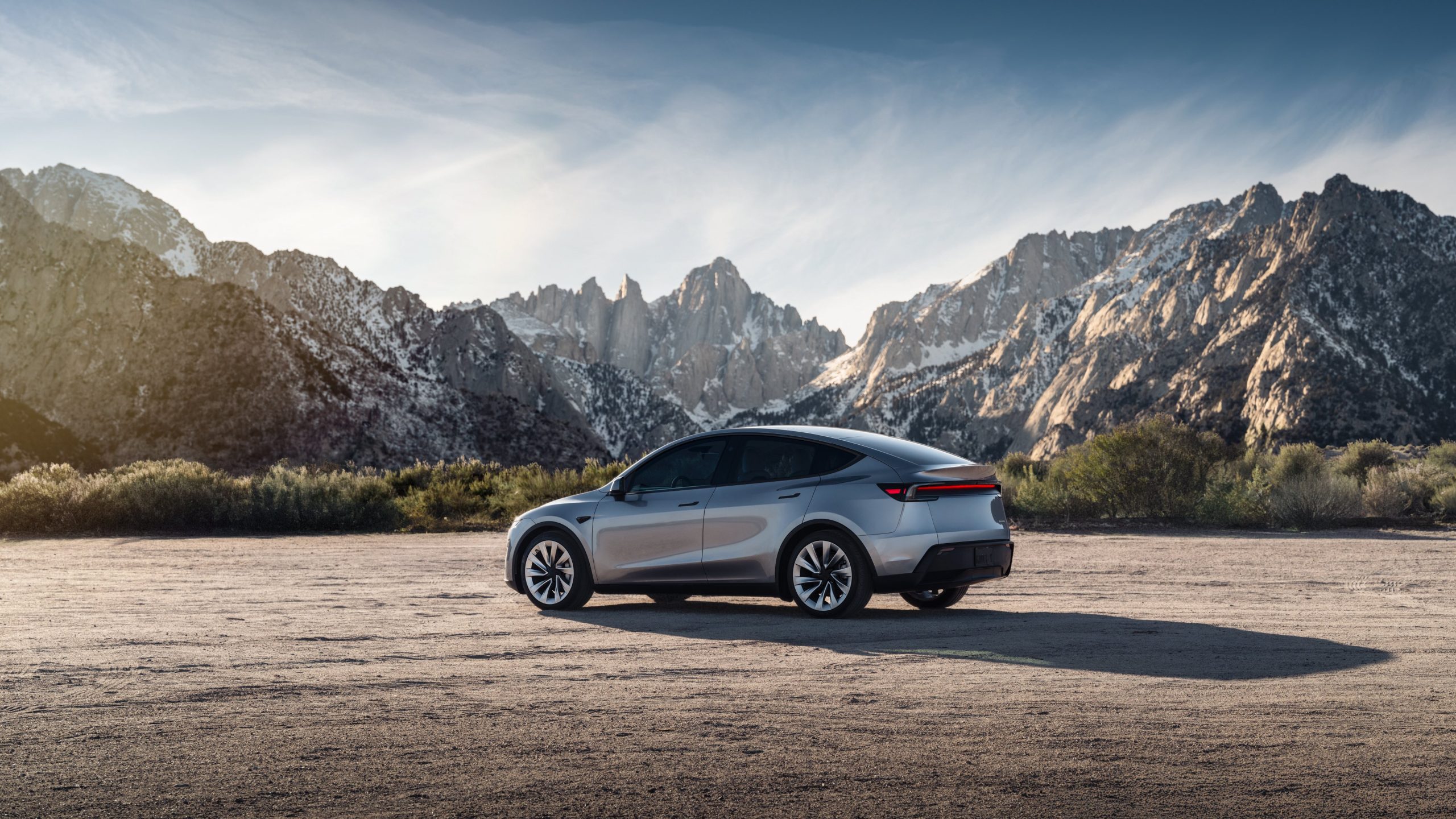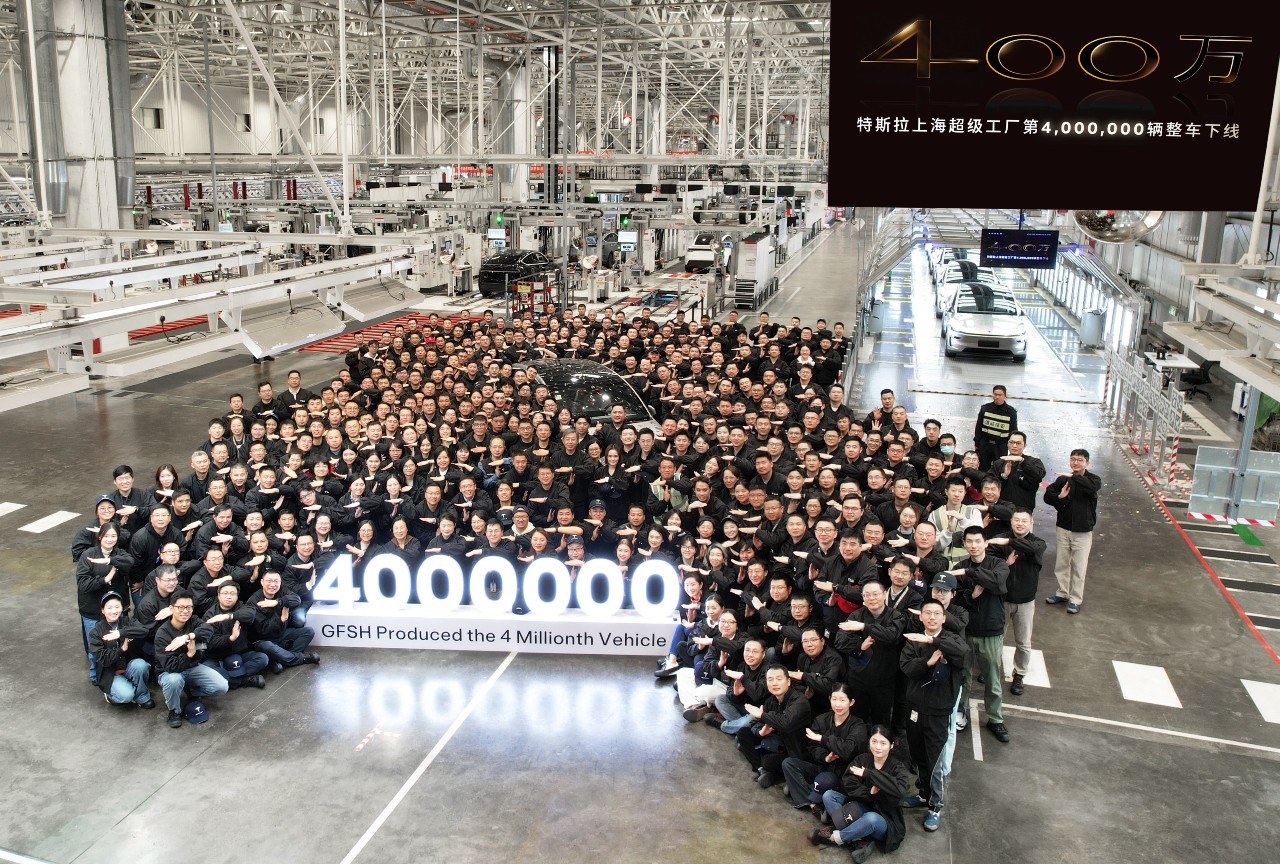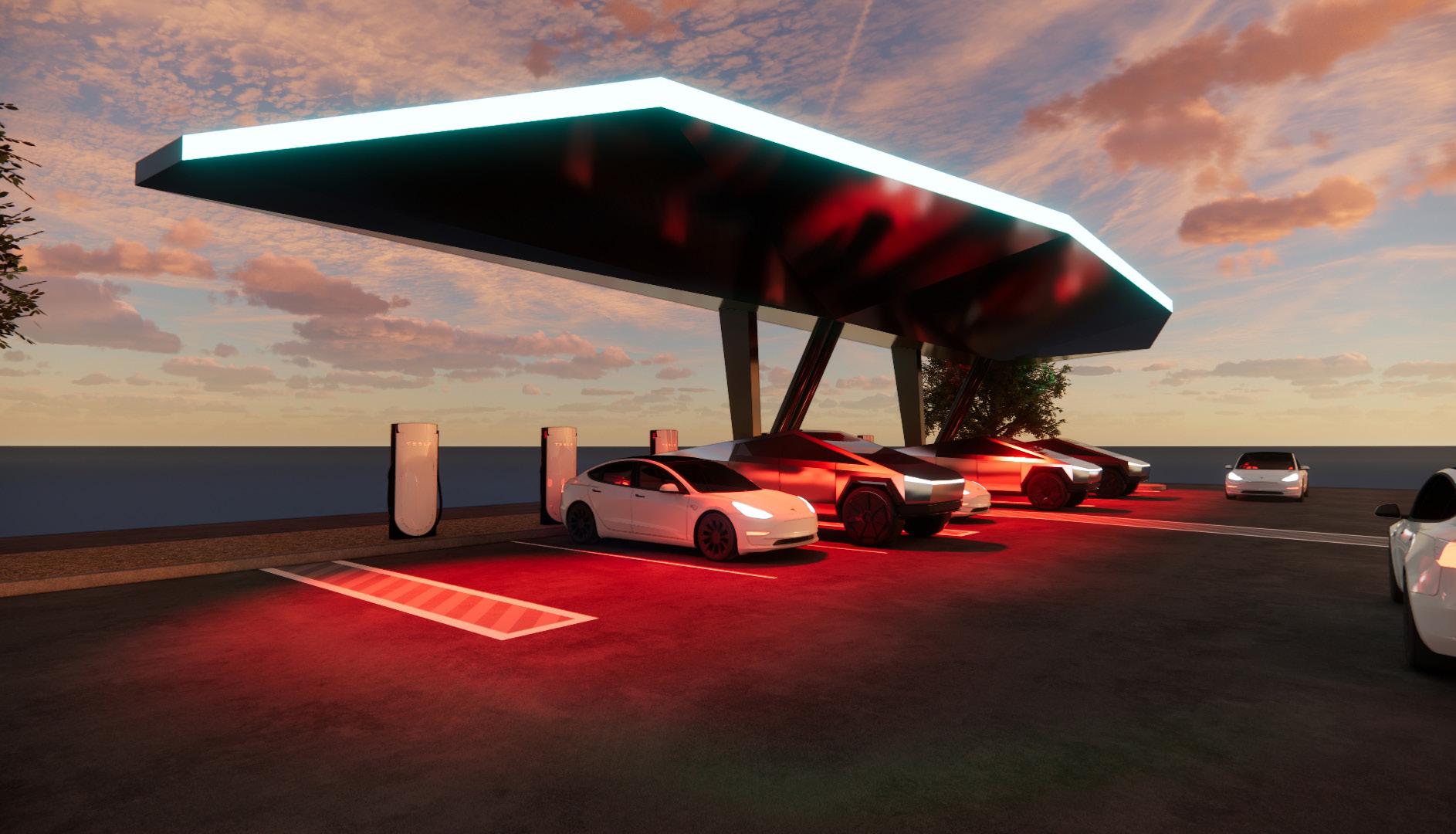News
Tesla Robotaxi’s biggest challenge seems to be this one thing
That big bright thing in the sky might be Tesla’s biggest challenge in terms of Robotaxi.

Tesla Robotaxi launched just a few days ago to a limited number of riders in Austin, Texas, but its biggest challenge seems to be how the automaker will figure out one thing: the Sun.
Among the company’s unique strategies, its emphasis on using cameras for self-driving is perhaps the most interesting. No other company has adopted the same strategy, as others have relied on cameras with either sensors or LiDAR rigs to accomplish their self-driving deployments.
Tesla, on the other hand, has called LiDAR unnecessary. CEO Elon Musk once called it “a fool’s errand,” stating it was not needed to build an effective self-driving fleet of vehicles.
Musk compared cameras to eyes. Humans don’t need sensors or LiDAR to operate vehicles on the road, so why should cars? This brought up some questions, especially regarding sun glare. Musk said that Tesla would use direct photon counting to see directly into brigt sunlight or even in the darkest conditions at night.
His quote during a recent earnings call was:
“Actually, it does not blind the camera. We use an approach which is direct photon count. When you see a processed image, so the image that goes from the sort of photon counter — the silicon photon counter — that then goes through a digital signal processor or image signal processor, that’s normally what happens. And then the image that you see looks all washed out, because if you point the camera at the sun, the post-processing of the photon counting washes things out.”
So far, this strategy has yielded mixed results. We have seen examples of both:
The Good
We’ve had a handful of people state that they have had no issue using the Robotaxi when it is driving into direct sunlight.
There are plenty of examples:
Robotaxi seems to have no trouble driving into the sun. More to come pic.twitter.com/rZdd3Sya8k
— Dirty Tesla (@DirtyTesLa) June 25, 2025
Tons of direct sun glare during many of my Tesla Robotaxi rides today in Austin. The vehicles handled it with no problem. pic.twitter.com/3kyiQF4RMs
— Sawyer Merritt (@SawyerMerritt) June 24, 2025
Absolutely ZERO issues heading into direct sunlight in our Robotaxi, been going for almost an hour now during golden hour/sunset. As smooth as it always is. pic.twitter.com/iSCp6qdNC0
— Zack (@BLKMDL3) June 25, 2025
The Bad
🚗 Day 1 of Robotaxi testing with 20 initial riders! Caught a rare phantom braking moment on camera during our Waymo vs. Tesla Robotaxi race. 🤖 It’s a one-off glitch in Full Self-Driving mode—most rides were smooth! Drop your thoughts! 👀 pic.twitter.com/liJGSIIHKw
— Kim Java (@ItsKimJava) June 24, 2025
The Verdict
This is obviously a weird case, and it seems that this could be one of the challenges Tesla will face with the deployment of Robotaxi.
While it will get figured out, this is something that could ultimately push back Tesla’s goal of having no safety monitor in the vehicles. However, the instance will be learned and used to improve in the future through its Neural Nets.
The first intervention was captured yesterday, requiring the Tesla safety monitor to stop the vehicle manually on the car’s touchscreen.

News
Tesla announces major milestone at Gigafactory Shanghai
First deliveries started in December 2019, with the first units being given to employees. By the end of 2020, the plant was building cars at a run rate of around 150,000 vehicles annually.

Tesla has announced a major milestone at its Chinese manufacturing facility, Gigafactory Shanghai, confirming on Monday that it had built its four millionth vehicle.
Tesla Gigafactory Shanghai first started building cars back in October 2019 with Model 3 assembly, just ten months after the company broke ground on the plant’s 86-hectare piece of land.
First deliveries started in December 2019, with the first units being given to employees. By the end of 2020, the plant was building cars at a run rate of around 150,000 vehicles annually. Production continued to ramp up, and by September 2023, less than three years after it started building Tesla’s EVs, it had built its two millionth vehicle.
Fast forward to December 2025, and Tesla has confirmed that four million cars have rolled off of production lines at the plant, a major milestone in the six short years it has been active:
Produced our 4 millionth vehicle at Gigafactory Shanghai🎉
Thanks to all our owners and supporters❤️ pic.twitter.com/DayVXUr220— Tesla Asia (@Tesla_Asia) December 8, 2025
The capacity at Giga Shanghai is exceeding 950,000 vehicles per year, and this year, the company has delivered 675,000 cars through the first three quarters. It is also the only plant to manufacture the Model Y L, a longer wheel-based configuration of the all-electric crossover that is exclusive to the Chinese market.
Gigafactory Shanghai’s four million cars have not all stayed within the domestic market, either. For a considerable period, the factory was exporting a significant portion of its monthly production to Europe, helping Gigafactory Berlin supplement some Model Y volume and all of its Model 3 deliveries. This is due to the Berlin plant’s exclusive production plans for the Model 3.
The site is one of the most crucial in the company’s global plans, and Gigafactory Shanghai’s incredible pace, which has led to four million production units in just about six years. It’s fair to say that it won’t be long until we’re seeing Tesla celebrate the plant’s five millionth vehicle produced, which should happen sometime late next year or in early 2027, based on its current manufacturing pace.
The company also builds the Megapack on the property in an adjacent Megafactory.
News
Tesla gamifies Supercharging with new ‘Charging Passport’
It will also include things like badges for special charging spots, among other metrics that will show all of the different places people have traveled to plug in for range.

Tesla is gamifying its Supercharging experience by offering a new “Charging Passport,” hoping to add a new layer to the ownership experience.
While it is not part of the Holiday Update, it is rolling out around the same time and offers a handful of cool new features.
Tesla’s Charging Passport will be available within the smartphone app and will give a yearly summary of your charging experience, helping encapsulate your travel for that year.
It will also include things like badges for special charging spots, among other metrics that will show all of the different places people have traveled to plug in for range.
Tesla has just introduced “Charging Passport,” a new yearly summary of your charging.
• Charging badges: Iconic Charging badge (for visiting places like the Tesla Diner, Oasis Supercharger, etc), Explorer badge, green saver badge, etc.
• Total unique Superchargers visited
•… pic.twitter.com/c1DHTWXpj7— Sawyer Merritt (@SawyerMerritt) December 8, 2025
Tesla will include the following metrics within the new Charging Passport option within the Tesla app:
- Charging badges: Iconic charging badges for visiting places like the Tesla Diner, Oasis Supercharger, etc., Explorer Badge, and more
- Total Unique Superchargers Visited
- Total Charging Sessions
- Total Miles Added during Charging Sessions
- Top Charging Day
- Longest Trip
- Favorite Charging Locations
This will give people a unique way to see their travels throughout the year, and although it is not necessarily something that is needed or adds any genuine value, it is something that many owners will like to look back on. After all, things like Spotify Wrapped and Apple Music Replay have been a great way for people to see what music they listened to throughout the year.
This is essentially Tesla’s version of that.
With a handful of unique Superchargers already active, Tesla is also building some new ones, like a UFO-inspired location in New Mexico, near Roswell.
Tesla is building a new UFO-inspired Supercharger in the heart of Alien country
News
Tesla launches its coolest gift idea ever just a few weeks after it was announced
“Gift one month of Full Self-Driving (Supervised), which allows the vehicle to drive itself almost anywhere with minimal intervention.”

Tesla has launched its coolest gift idea ever, just a few weeks after it was announced.
Tesla is now giving owners the opportunity to gift Full Self-Driving for one month to friends or family through a new gifting program that was suggested to the company last month.
The program will enable people to send a fellow Tesla owner one month of the company’s semi-autonomous driving software, helping them to experience the Full Self-Driving suite and potentially help Tesla gain them as a subscriber of the program, or even an outright purchase.
Tesla is going to allow owners to purchase an FSD Subscription for another owner for different month options
You’ll be able to gift FSD to someone! https://t.co/V29dhf5URj
— TESLARATI (@Teslarati) November 3, 2025
Tesla has officially launched the program on its Shop. Sending one month of Full Self-Driving costs $112:
“Gift one month of Full Self-Driving (Supervised), which allows the vehicle to drive itself almost anywhere with minimal intervention. All sales are final. Can only be purchased and redeemed in the U.S. This gift card is valued at $112.00 and is intended to cover the price of one month of FSD (Supervised), including up to 13% sales tax. It is not guaranteed to cover the full monthly price if pricing or tax rates change. This gift card can be stored in Tesla Wallet and redeemed toward FSD (Supervised) or any other Tesla product or service that accepts gift card payments.”
Tesla has done a great job of expanding Full Self-Driving access over the past few years, especially by offering things like the Subscription program, free trials through referrals, and now this gift card program.
Gifting Full Self-Driving is another iteration of Tesla’s “butts in seats” strategy, which is its belief that it can flip consumers to its vehicles and products by simply letting people experience them.
There is also a reason behind pushing Full Self-Driving so hard, and it has to do with CEO Elon Musk’s compensation package. One tranche requires Musk to achieve a certain number of active paid Full Self-Driving subscriptions.
More people who try the suite are likely to pay for it over the long term.








